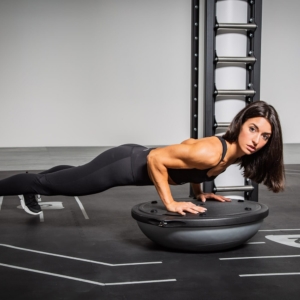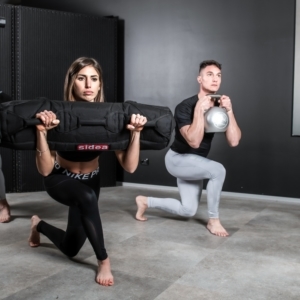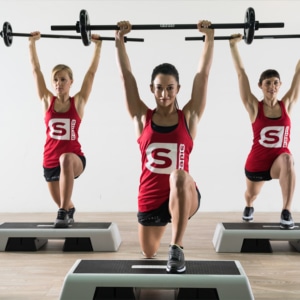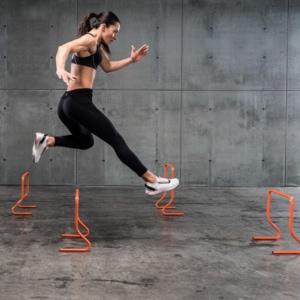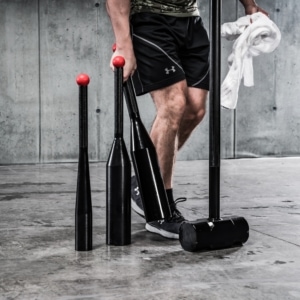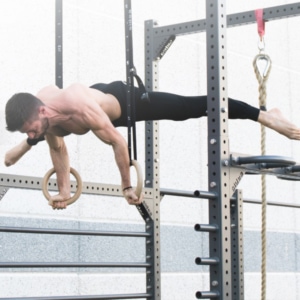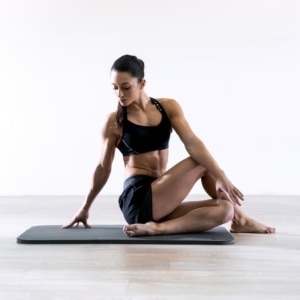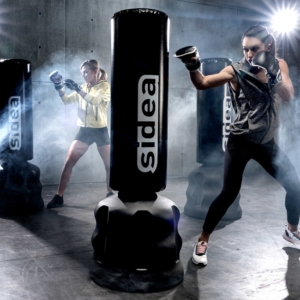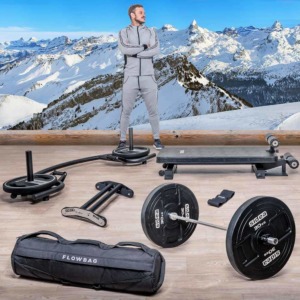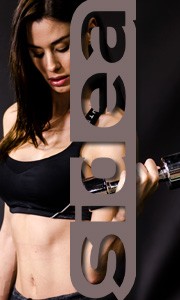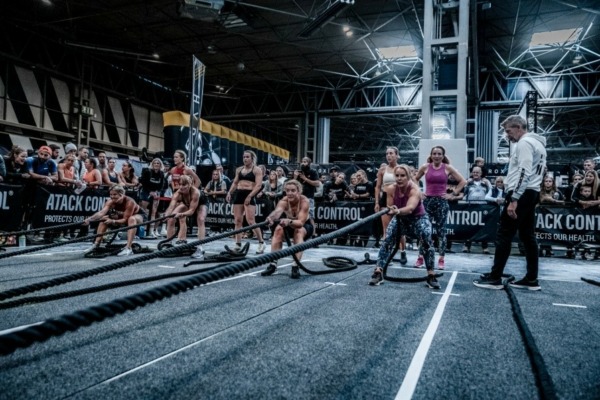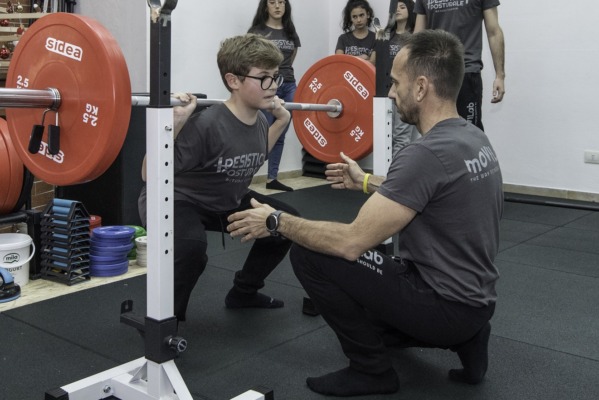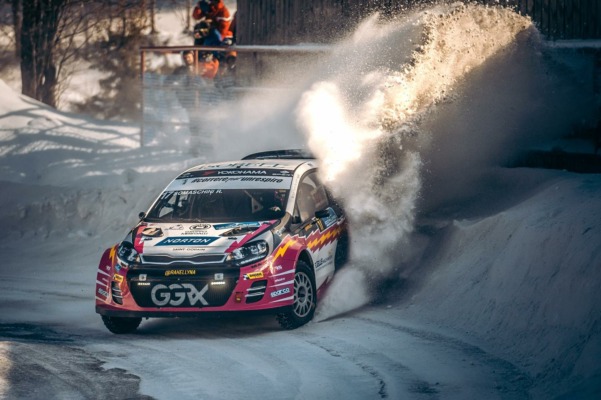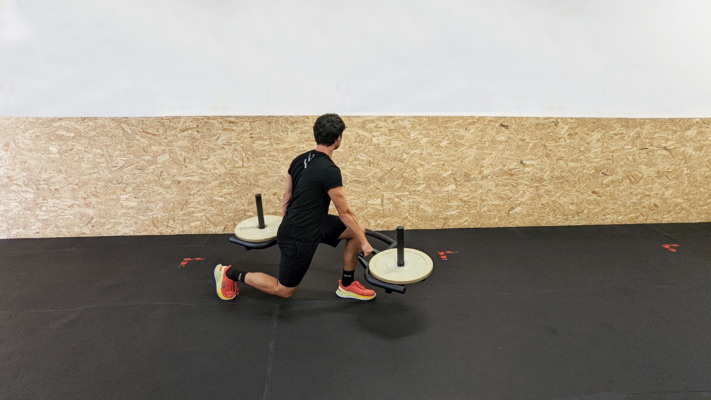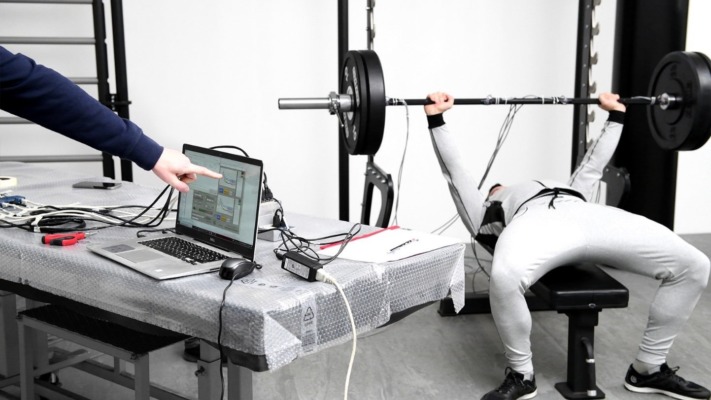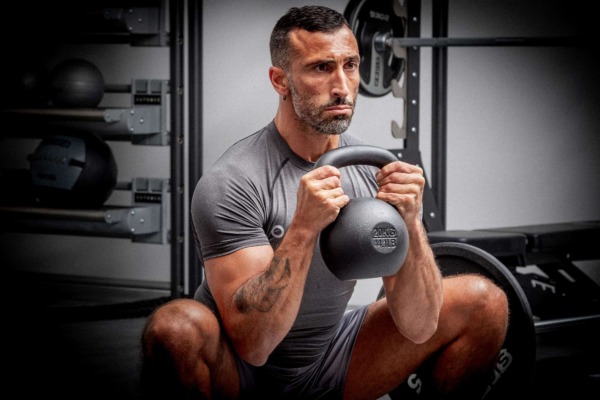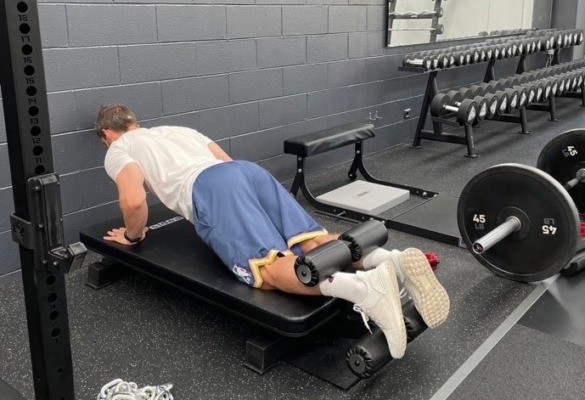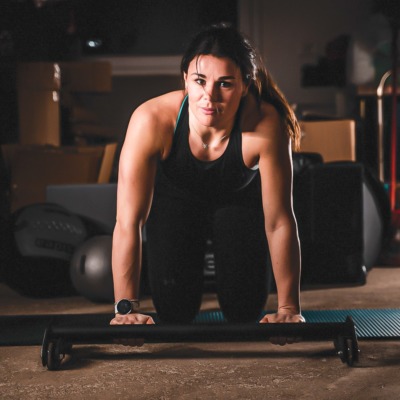NORDIC HAMSTRING CURL
An exercise used in fitness, athletic training and sports medicine, the Nordic Ham Curl has become one of the most popular movements used in injury prevention.
Also known as Russian leg curl, or reverse curl, it is a simple knee flexion-extension, however, the tension is generated not by moving an external overload, but by moving one’s own body in space.
The exercise is performed by kneeling on a pad with your body perfectly straight, securing the feet under a stable support such as a barbell, lat machine pads, a wall bar, or simply held on the floor by a partner. From this position, you lower your torso towards the ground, trying to brake your descent.
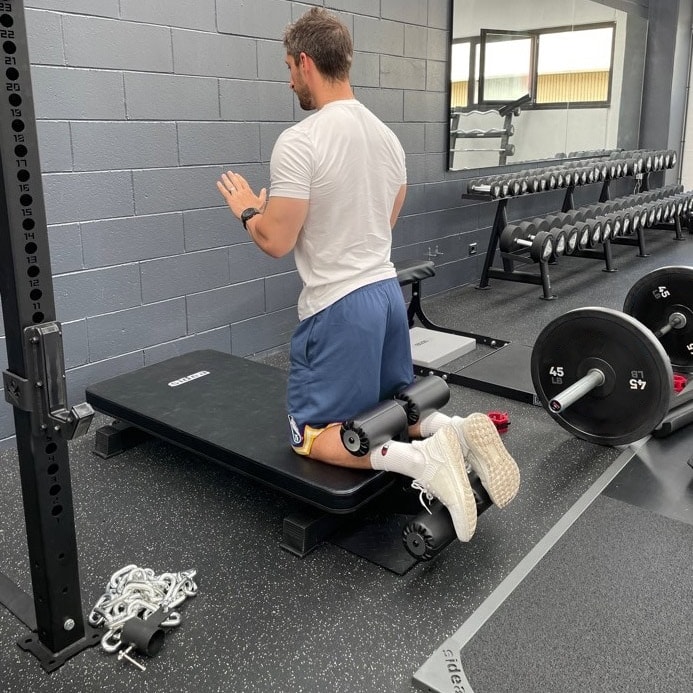
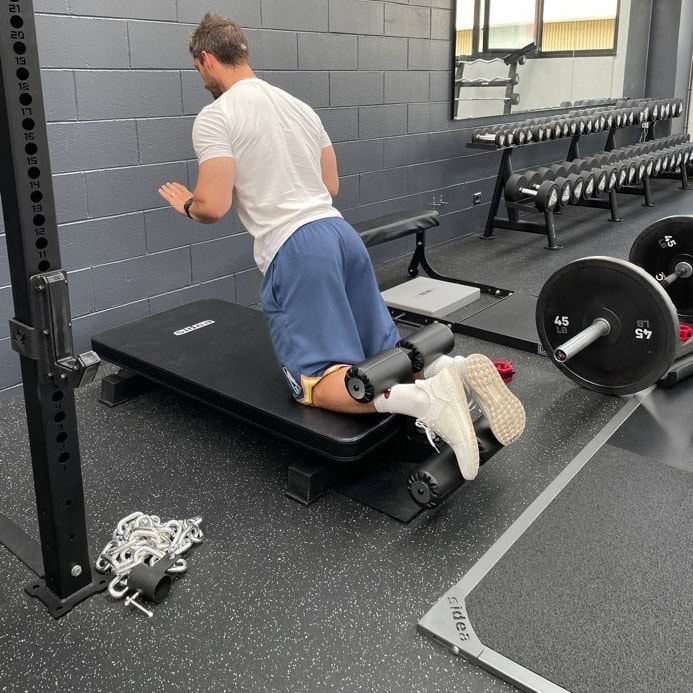
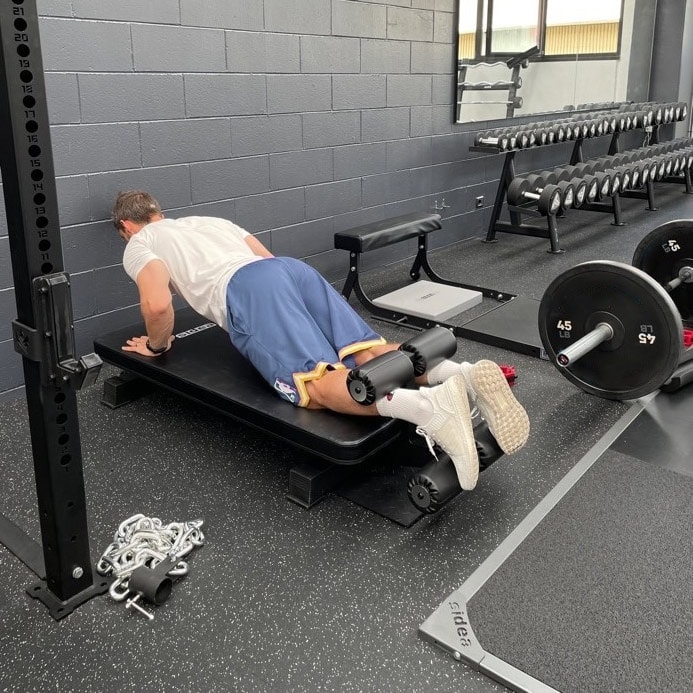
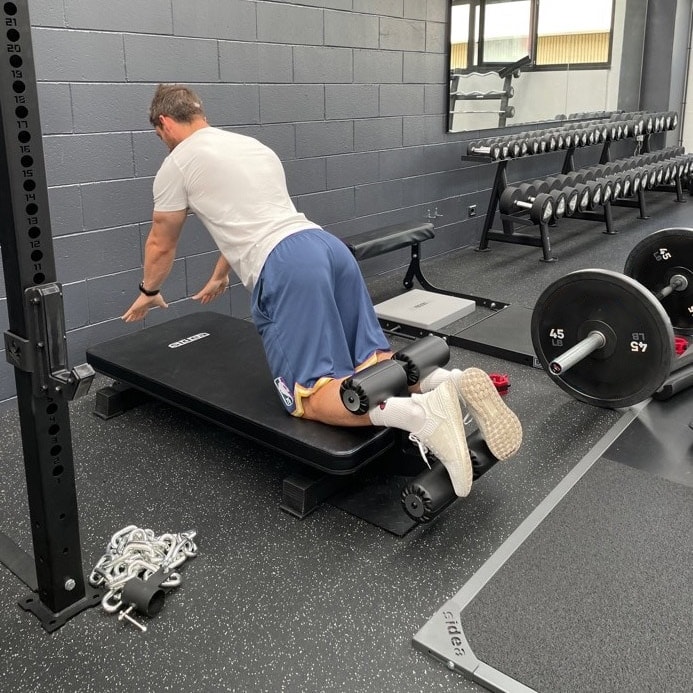
INJURY PREVENTION
The Nordic Hamstring Curl is one of the most widely used exercises for the prevention of hamstring injuries, and one of the most referenced in the scientific literature along with the squat, Olympic lifts, and deadlifts. The NHC is believed to be one of the best exercises for this purpose because of its biomechanics and especially its resistance profile. In fact, unlike variations of the leg curl with cam machines (weight stack) where the maximum tension occurs when muscle shortening is maximum, in the NHC this tension corresponds to the maximum elongation of the posterior thigh muscles fibres.
This makes the exercise mainly eccentric in nature and this is very positive in disciplines such as skiing, snowboarding, football, basketball, athletics and many others where the athlete is ‘forced’ to perform movements that place joints and muscles under maximum stress in a very short time.
INCREASED PERFORMANCE
There are dozens of studies concerning the correlation between this exercise and the prevention of injuries for athletes, but not only. In fact, the moment of force expressed during knee flexion is strongly correlated with the sprint speed. Just in the sprint, the rear thigh muscles contract both to extend the hips and to flex the knees to create forward propulsion. It follows that training the knee-bending movement, with a different resistance profile than with classic machines, can also be very useful for increasing performance in sprints and horizontal jumps.
It is necessary to make an important clarification. Performing NHC, and thus increasing the eccentric force in knee flexion, does not prevent injury in advance. In fact, it has been seen that injury to the knee (and its muscles) is related to multiple factors such as flexibility, strength, fatigue, core stability, and any previous injuries.
An athlete may have a lot of strength to absorb eccentric stress, high levels of flexibility in the hamstrings so that they can stretch sufficiently during a sudden overload, but still incur an injury due to excessive fatigue (e.g. mid- to end-of-competition), or a previous injury.
NEUROMUSCULAR ACTIVATION
NHC is an exercise that is also more and more used in fitness and bodybuilding to increase muscle mass in the posterior thigh muscles. In various studies, the results in terms of muscle activation investigated by means of electromyography (EMG) exceeded the seated leg curl, semi-stretched leg lifts and good mornings.
It is therefore certain that NHC brings high levels of activation of the rear thigh muscles and should thus be included in a complete protocol in combination with other exercises such as semi-stretched leg lifts, glute ham raises and leg curls on the machines.
EXERCISE SETUP
One of the biggest problems in performing this exercise is undoubtedly the difficulty of the initial positioning, or setup. In fact, finding a comfortable and safe position in a commercial gym, as well as in a home gym, becomes complicated. The workstation created by Sidea makes it possible to perform the exercise without having to load any barbells to stabilise oneself, nor to look for a pad that is soft enough not to hurt one’s knees.
The workstation is immediately ready and adjustable for every type of user. Its heavy weight guarantees plenty of stability even for the heaviest athlete or for abrupt movements such as the last eccentric phase of the NHC movement, where we tend to let go due to the above-maximum tension when the femur is almost parallel to the ground.
ROMANIAN CHAIR SQUAT
Actually, this position was not only designed for the NHC, but also for the movement of the Romanian Chair Squat, or Roman Bench Squat. This exercise, which later became known (incorrectly) as the Sissy squat, places the quadriceps under great tension even without the aid of overloads.
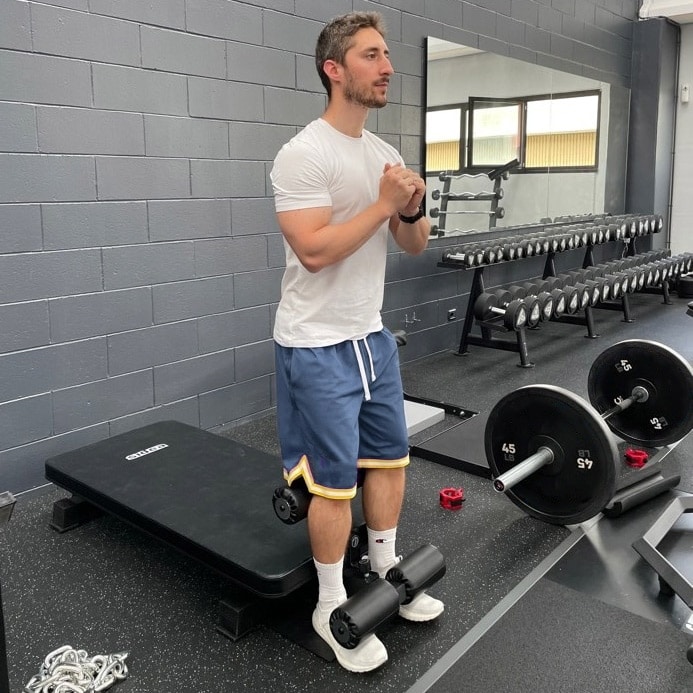
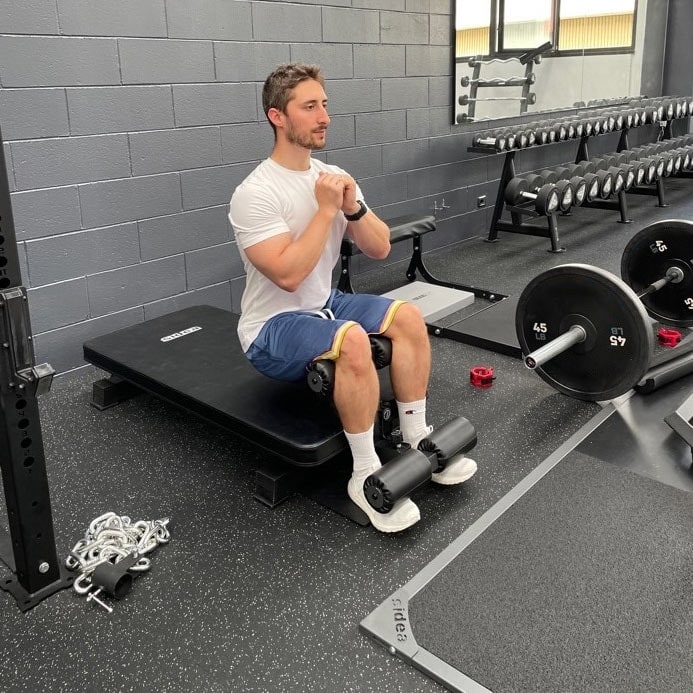
However, along with the muscles, the patellar tendon is also under a great deal of tension and thus it is necessary to use this movement carefully. There are, though, cases in which this exercise becomes extremely useful, almost essential. In sports such as skiing or snowboarding, the bound position of the knees is very similar to that of the Romanian Chair Squat, except that the tension is much greater as this position is reached at very high speeds or following landings and/or changes of direction.
PROGRESSIVE APPROACH
In order to prevent hamstring injuries, as well as increase performance, incorporating the RCS into the training protocol can be a very smart choice, especially when combined with exercises such as barbell squats, single-leg squats and hamstring extensions on machines. To avoid injuring the patellar tendon or anterior cruciate ligament, it is necessary to perform two types of progressions:
- Movement range: start with a shorter movement and then decrease more and more over the course of the workout
- Overload: start free-body and then use an overload, only if the movement range is complete (otherwise work on that first)
CONCLUSIONS
The workstation created by Sidea is extremely convenient for its immediate use and simplicity, as well as very stable and safe for all types of users. Furthermore, the wide range of exercises that can be performed such as Nordic Hamstring Curl, Romanian Chair Squat or Bulgarian Split Squat also makes it versatile as a multi-exercise station.
REFERENCES
- Attar, W.s.a. Al, et al. “Effect of Injury Prevention Programs That Include the Nordic Hamstring Exercise on Hamstring Injury Rates in Soccer Players: A Systematic Review and Meta-Analysis.” Journal of Science and Medicine in Sport, vol. 20, 2017, doi:10.1016/j.jsams.2017.01.124.
- Attar, W.s.a. Al, et al. “Effect of Injury Prevention Programs That Include the Nordic Hamstring Exercise on Hamstring Injury Rates in Soccer Players: A Systematic Review and Meta-Analysis.” Journal of Science and Medicine in Sport, vol. 20, 2017, doi:10.1016/j.jsams.2017.01.124.
- Brukner, Peter. “Hamstring Injuries: Prevention and Treatment—an Update.” British Journal of Sports Medicine, vol. 49, no. 19, 2015, pp. 1241–1244., doi:10.1136/bjsports-2014-094427.
- Cameron, Matthew L., et al. “Effect of the HamSprint Drills Training Programme on Lower Limb Neuromuscular Control in Australian Football Players.” Journal of Science and Medicine in Sport, vol. 12, no. 1, 2009, pp. 24–30., doi:10.1016/j.jsams.2007.09.003.
- Presland, J., et al. “The Effect of High or Low Volume Nordic Hamstring Exercise Training on Eccentric Strength and Biceps Femoris Long Head Architectural Adaptations.” Journal of Science and Medicine in Sport, vol. 20, 2017, p. 12., doi:10.1016/j.jsams.2017.09.213.
Davide Arrigoni
- Expert in female training and bodybuilding
- Owner of the GluteX personal training studio
- Graduated in Sports Science and ISSA USA Elite Trainer


